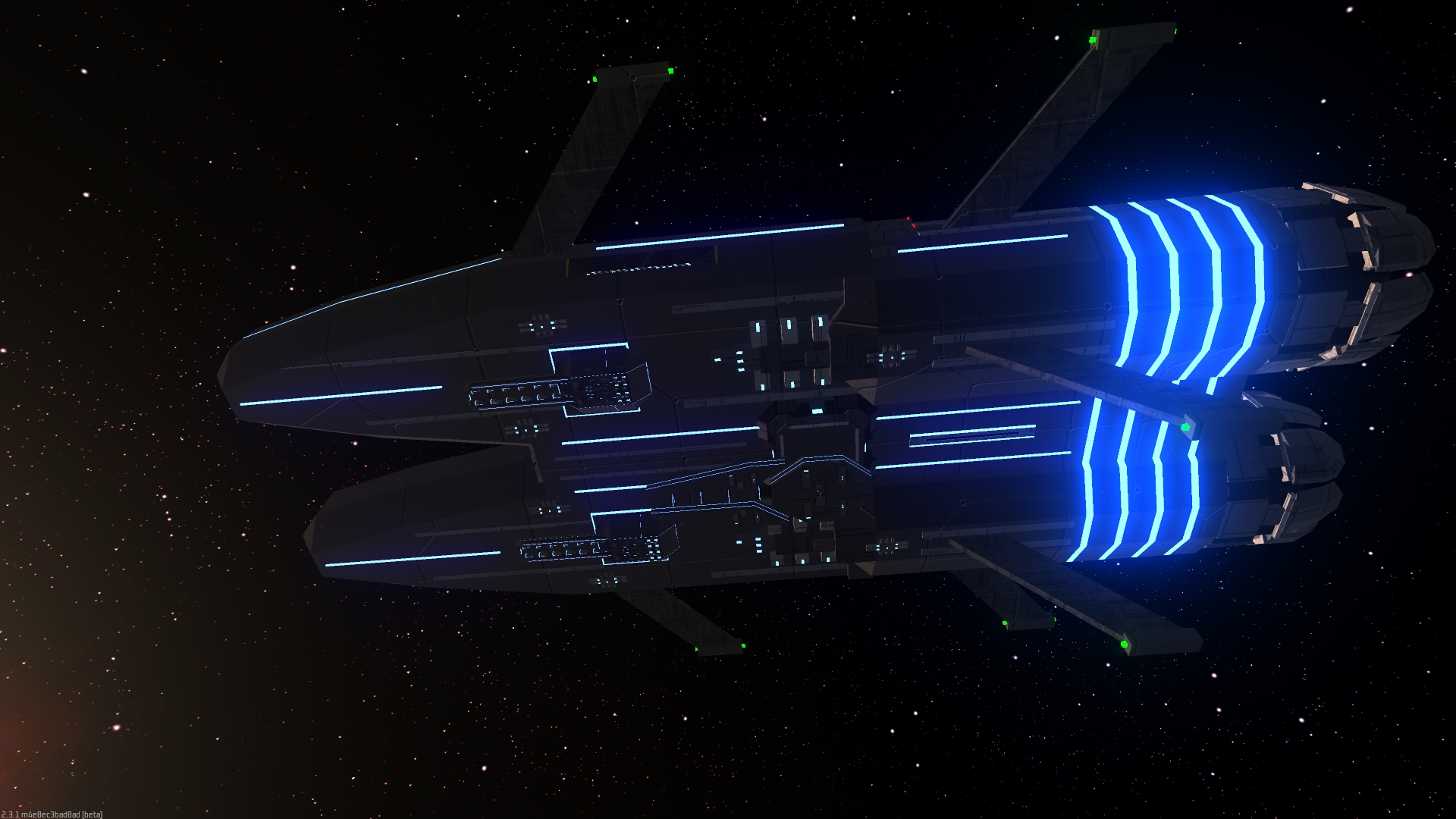Trevan
4 - armed aliens that are strong, but the more hands they use at a time the worse coordination becomes. Also more of their nervous system is dedicated to the coordination of these arms, and they are a bit less intelligent than the other races, but make up for it in other ways. Their homeworld is on Sinus. They naturally have a resistance to radioactive environments.
Trevans are a carbon based lifeform with a weak carapace that is stronger than most species skin. As such, to harm a trevan would probably require a highly penetrative weapon. They also have an endoskeleton however. The carapace has evolved to reflect or absorb and reemit most radiation. Trevans can also be quite large, growing to a height of approximately 2.1m which can make them quite imposing. Their microbiome now also incoroporates some species of radiotropic organisms which further protects them from the radiation.
Biology
As the trevan has no brain, the head featurse their stomach instead. They have a very large mouth which also acts as the stomach, and after ingesting food they seal part of the mouth closed to prevent food falling out. They can still talk, as their respiratory tract remains open and allows them to breathe. The trevans still have a thick skull to protect them from heavy impacts, but many other species would often try to target their head in a war setting, which is fatal to almost all species but not trevans. Their eyes are located in the head, so this might cause eye damage. As the route to their stomach seals when food is inside, it is extremly rare to see a trevan have a snack or small meal, instead eating purely large meals. It takes several hours for food to digest in the stomach before it can unseal, so they make use of the ability to swallow a large amount of food at once. They will continue to 'taste' food for several minutes after entering the mouth / stomach. After they break down food, it is sent to a chamber below their lung that holds food to be used by the intestine. This chamber usually empties in minutes, so it is built to contract to a small size when not in use. The process of full digestion takes about 4 days. The trevans also have a strange respiratory system. They have 2 lungs, and take in air from the mouth. The lungs create a loop between each other where air is constantly exchanged, and waste air is filtered out by one lung but absorbed into the bloodstream by the other lung. New air is always taken in by the filtration lung. This allows the trevan to survive in more toxic environments, as long as their filtration lung remains effective. Their heart is located close to the lungs, and un-oxygenated blood is filtered in a specialised gland. Oxygenated blood is sent to the rest of the body for use, and deoxygenated blood is sent to the lungs for oxygenisation. Their heart is actually a long tubelike organ that spans from the bottom of their torso to close to the top, using peristalsis to send blood from the bottom to the top and creating significant pressure - enough to move blood from the bottom of their feet back to any location of the body. To become resistant to radiation, the trevan DNA features a lot of armour which absorbs most forms of radiation before they can interfere with the DNA itself. Many cells of trevans also have redundant copies of DNA molecules in case one is destroyed or damaged. Backups allow them to recover any lost data.Basic Information
Anatomy
Trevans have 2 legs, 4 arms (their 2 extra arms are positioned just below their first set) and a head, all of which are attached to their torso.
Biological Traits
Trevans are special in that, instead of having a centralised brain, their entire nervous system is dedicated to processing their bodies and sapience.
Due to this, body parts of a dismembered trevan will normally remain life-like for hours but can result in memory loss of the person themselves.
Genetics and Reproduction
Trevans have 26 sexes. However, only 2 of any different sex are needed to reproduce. This is advantageous because forming same sex couples is far more unlikely.
Both parents lay eggs using DNA acquired from the other. Both of these eggs are likely to hatch into more Trevan.
Civilization and Culture
Naming Traditions
Trevans get 2 names that are seperated by a hyphen (-).
Examples:
Tlacelel Tezcacoatl Cozahtli Tzlexotl Ixcontlel Teli Eloxodira Chalchiuhcui Ixton Chicomema
Final Examples:
Tlacelel-Tezcacoatl Cozahtli-Tzlexotl Ixcontlel-Teli Eloxodira-Chalchiuhcui Ixton-Chicomema
Examples:
Tlacelel Tezcacoatl Cozahtli Tzlexotl Ixcontlel Teli Eloxodira Chalchiuhcui Ixton Chicomema
Final Examples:
Tlacelel-Tezcacoatl Cozahtli-Tzlexotl Ixcontlel-Teli Eloxodira-Chalchiuhcui Ixton-Chicomema
History
Sinus was once a very survivable planet, even if it was a bit close to its parent star Delta Osrea. However, after the Trevan nuclear war, the world has been reduced to radioactive wasteland. Faced with annihilation, the Trevan race had to adapt to the high radiation, hiding in bunkers and developing technologies that allow them to survive better in this environment. Their bodies also adapted to the radioactive environment.
Eventually, much of this radiation dissipated, allowing the Trevan to inhabit the surface once more thanks to their radiation resistance. It is still a highly radioactive world, though, so non-trevans will need protective equipment.
Average Height
average ~2.1 m
Geographic Distribution
Related Organizations
Related Technologies



Comments